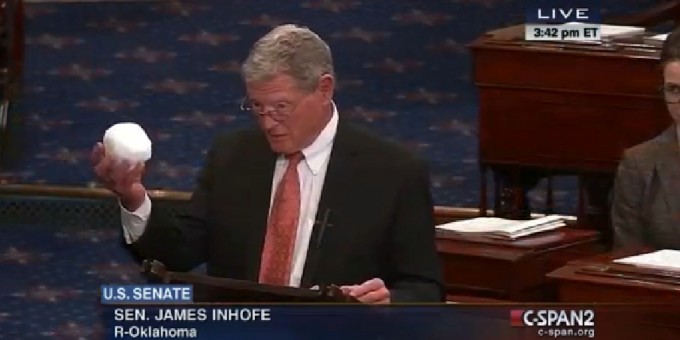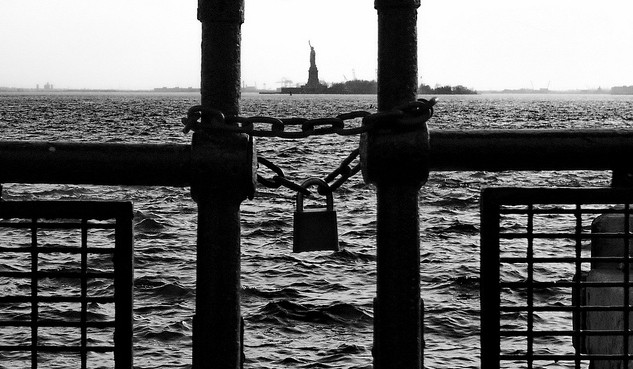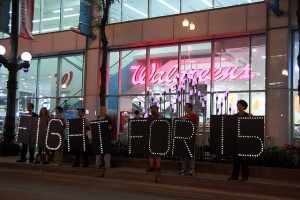
Investigations into the Volkswagen emissions scandal, wherein the iconic German car maker had installed software in their diesel models to cheat American emissions tests, are ongoing, and the U.S. government is still considering the fines it will levy. But the software, according to VW America CEO Michael Horn in a congressional hearing, was no indication of a company-wide conspiracy. Instead, it was, Horn said, snuck in the design by a couple of rogue engineers. But surely some management or higher-ups had to have known, right?
An article by Paul Kedrosky in the New Yorker uses work by Columbia sociologist Diane Vaughan to delve into how cultures and patterns could actually explain the engineering genesis of Volkswagen’s “defeat device,” without any one person choosing to cheat. The effect of the defeat device was substantial; when tested, a car emitted forty times less nitrogen oxide than during regular use. But with Vaghan’s research, it appears possible that it was not the product of an elaborate scheme—just the result of accumulated fudging.
As Vaughan described in her book The Challenger Launch Decision: Risky Technology, Culture, and Deviance at NASA, some engineering circles and sectors possess a culture of “normalization of deviance,” a pattern in which a slow collection of risk-taking can add up to something more substantial. In the case of launch testing for the Challenger, engineers progressively used colder and colder conditions. Each time, they decided that the current trial did not deviate much from the previous trial; ultimately, however, the accumulation of these deviations meant that the Challenger launched on a morning too cold for its O-rings to handle. The shuttle exploded on takeoff, January 28, 1986.
A similar effect may explain Volkswagen’s emissions test cheat software. Kedrosky writes:
If the same pattern proves to have played out at Volkswagen, then the scandal may well have begun with a few lines of engine-tuning software. Perhaps it started with tweaks that optimized some aspect of diesel performance and then evolved over time: detect this, change that, optimize something else. At every step, the software changes might have seemed to be a slight “improvement” on what came before, but at no one step would it necessarily have felt like a vast, emissions-fixing conspiracy by Volkswagen engineers, or been identified by Volkswagen executives. Instead, it would have slowly and insidiously led to the development of the defeat device and its inclusion in cars that were sold to consumers.
That is, as engineers implemented software to recognize testing conditions, each new iteration may have reported only slightly different (lower) levels of emissions. Each new set of tests would appear barely different from the prior, but, together, would incrementally approach the massive gap between actual and during-test levels of nitrogen oxide. The “normalization of deviance” may not be a quick process, but for VW, it’s surely proved exhausting.
For more on corporate culture and scapegoating after scandals, see “Corporate Deviance: There’s Research on That!” by Ryan Larson and Amber Powell.








